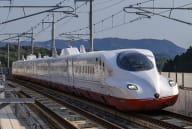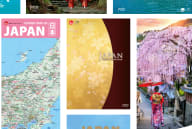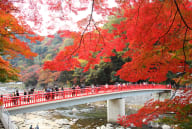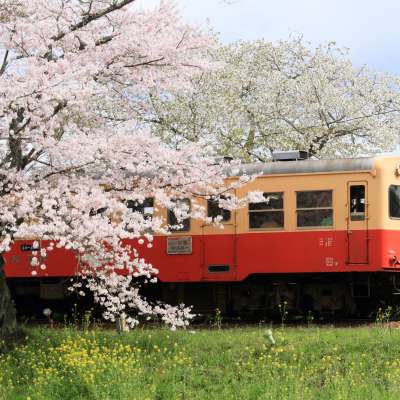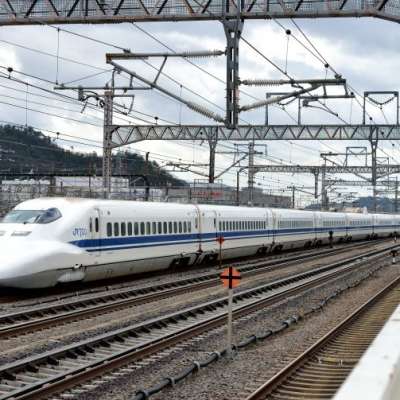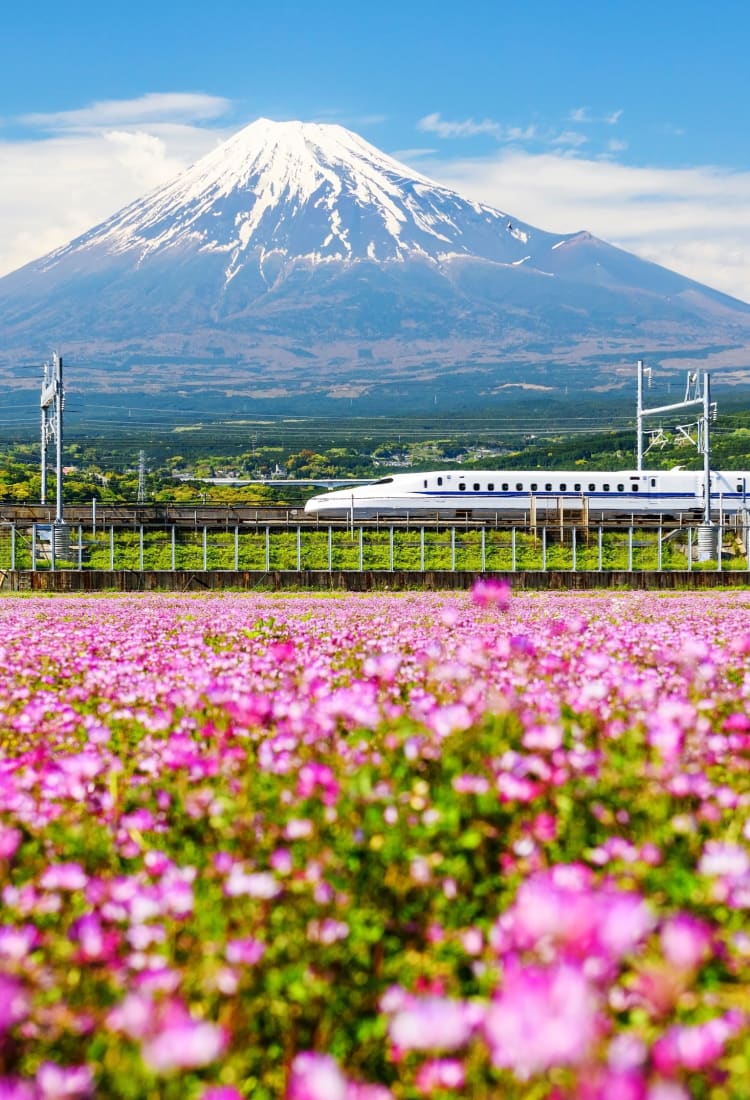
Everything You Need to Know About Rail Travel in Japan
For a country renowned for its efficient, punctual, and far-reaching train service, trying to wrap one’s head around Japan’s transit is not necessarily intuitive for first-timers! With poetic names denoting different train speeds, dozens of different types of passes, and complex lattices of overlapping rail networks, trying to make sense of it all can be overwhelming to say the least. Below we’ve tackled some of the common questions, to help you feel the peace of mind that comes with being a veteran rail traveller in Japan.
How far in advance do I need to book my bullet train tickets?
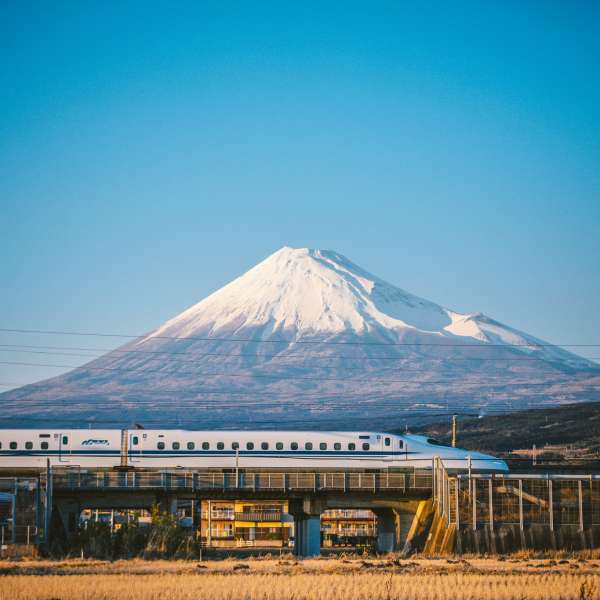
One aspect that tends to shock many North Americans is that the Tokaido Shinkansen (the bullet train route servicing Tokyo-Kyoto-Osaka, among other major cities) departs roughly every five minutes during peak hours! Even on less-trafficked Shinkansen corridors and during off hours, these express trains tend to depart quite often.
Given this remarkable frequency, it generally is not necessary to book your tickets in too far advance – in fact, many travellers prefer the freedom that comes with not being locked into a certain departure time. With that said, the two exceptions to be mindful of are peak holiday seasons (such as the Golden Week string of civic holidays between late April and early May) and when travelling in larger groups that are hoping to sit together.
Okay, but if I really want to, HOW do I book?
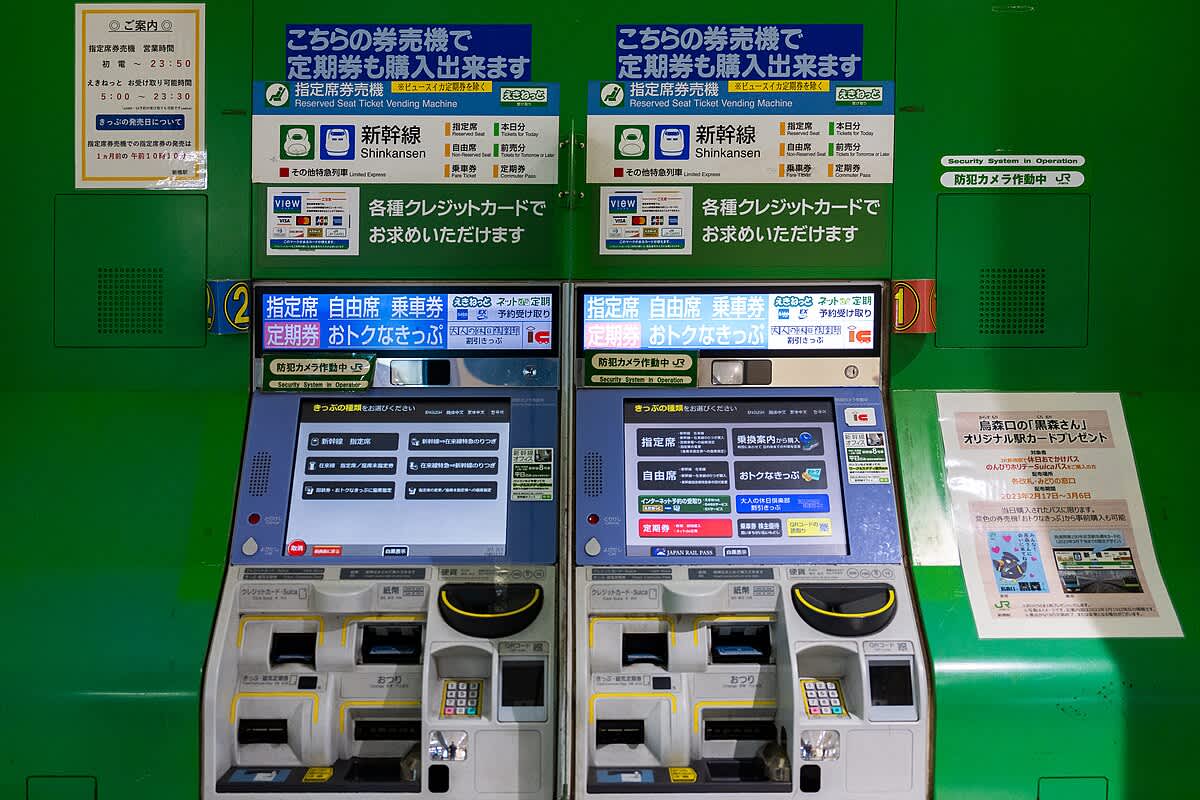
While there are a myriad of options for Shinkansen booking, many will find the easiest way to do this is upon arrival in Japan. Virtually all JR stations will have automated shinkansen & express ticket vending machines – offering multilingual, consolidated booking throughout the entire country – instructions for which are meticulously detailed on their official webpages. Larger hub stations will also have “Midori no Madoguchi” ticket offices, where a live attendant can help you make your travel arrangements.
However, if you are hoping to have your tickets squared ASAP, there are a couple options available to you. Although booking directly through JR is possible, there are a few caveats:
1) Unlike ticket machines in Japan, online booking is splintered into JR East, JR West, JR Kyushu, and JR Central* (*responsible for multi-corridor booking such as the Tokaido-Sanyo Shinkansen, and the nationwide Japan Rail Pass, etc…). Which you use will depend on where you are going!
While JR Hokkaido and JR Shikoku are technically seperate companies/corridors, booking for them can occur under JR East and JR West's websites respectively.
2) Booking is only available from 1 month prior to the boarding date.
3) These websites have some service outages (as of May 2024, availability for JR East, West, and Kyushu’s booking portals is 5:30AM-11PM JST)
If that sounds like too much hassle, then there may be some other options.
Tokaido, Sanyo, Kyushu shinkansens (ie: any of the bullet trains running from Tokyo southbound) can be booked through SmartEX – a consolidated booking website/app, managed by JR Central. Unlike other booking portals, SmartEX offers reservations from one year prior to the departure date.
That failing, you may consider booking via a third-party travel service provider. While these typically incur an additional service fee, there are any number of travel agents (both online, and brick and mortar) that can assist in sales of JR passes and tickets. For a list of Japan-bound tour operators in Canada, click here.
Reserved vs Non-reserved Seating
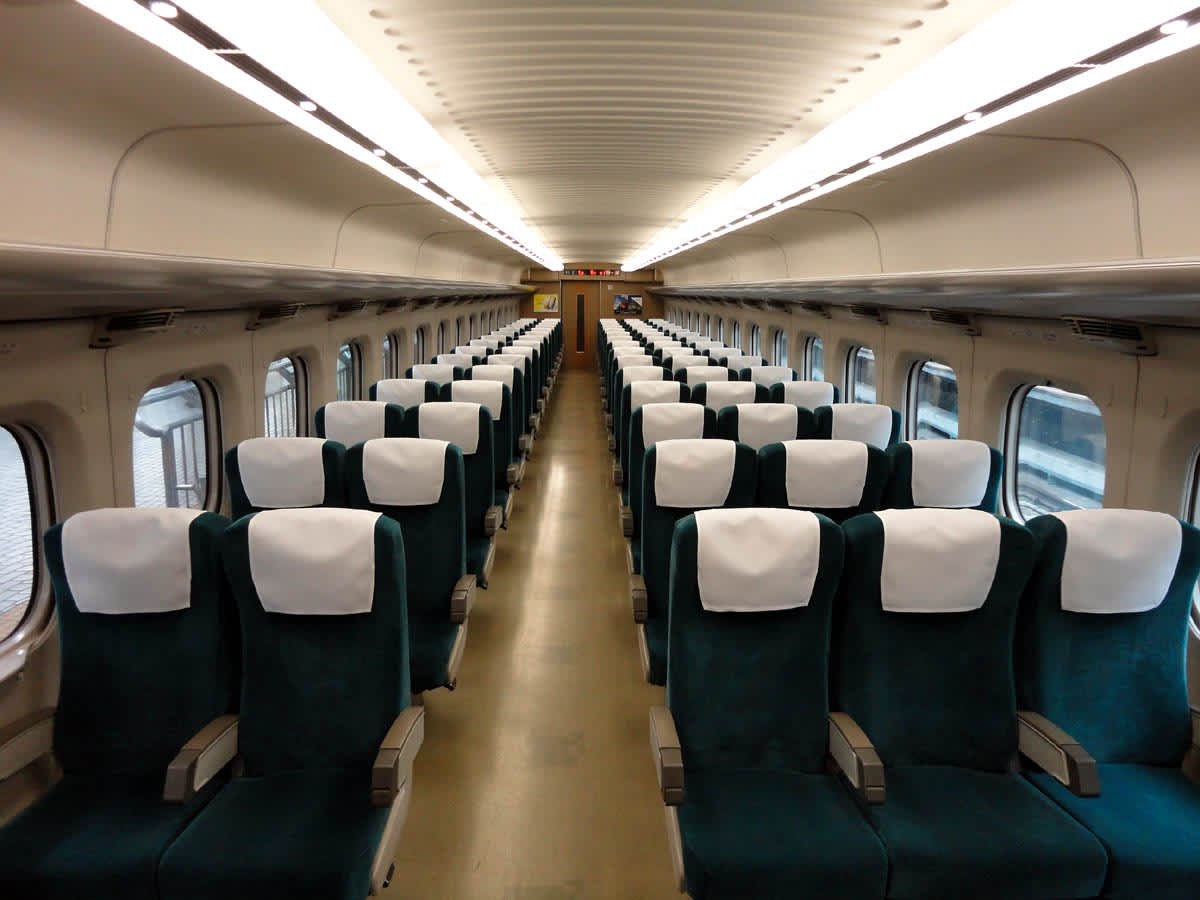
Most express trains in Japan will include both reserved, and non-reserved cars. Non-reserved cars are marginally cheaper, making them a popular option among solo travellers and those who are light on luggage. While generally there is ample seating, during the busiest seasons, non-reserved seats are liable to fill up fast. In this case, you may find yourself standing until a seat opens up – or in the worst-case scenario, waiting it out on the platform until the next train. To guarantee yourself a seat, consider opting for reserved seating when booking via any of the methods mentioned in the point above.
Base Fare Tickets vs. Limited Express Tickets
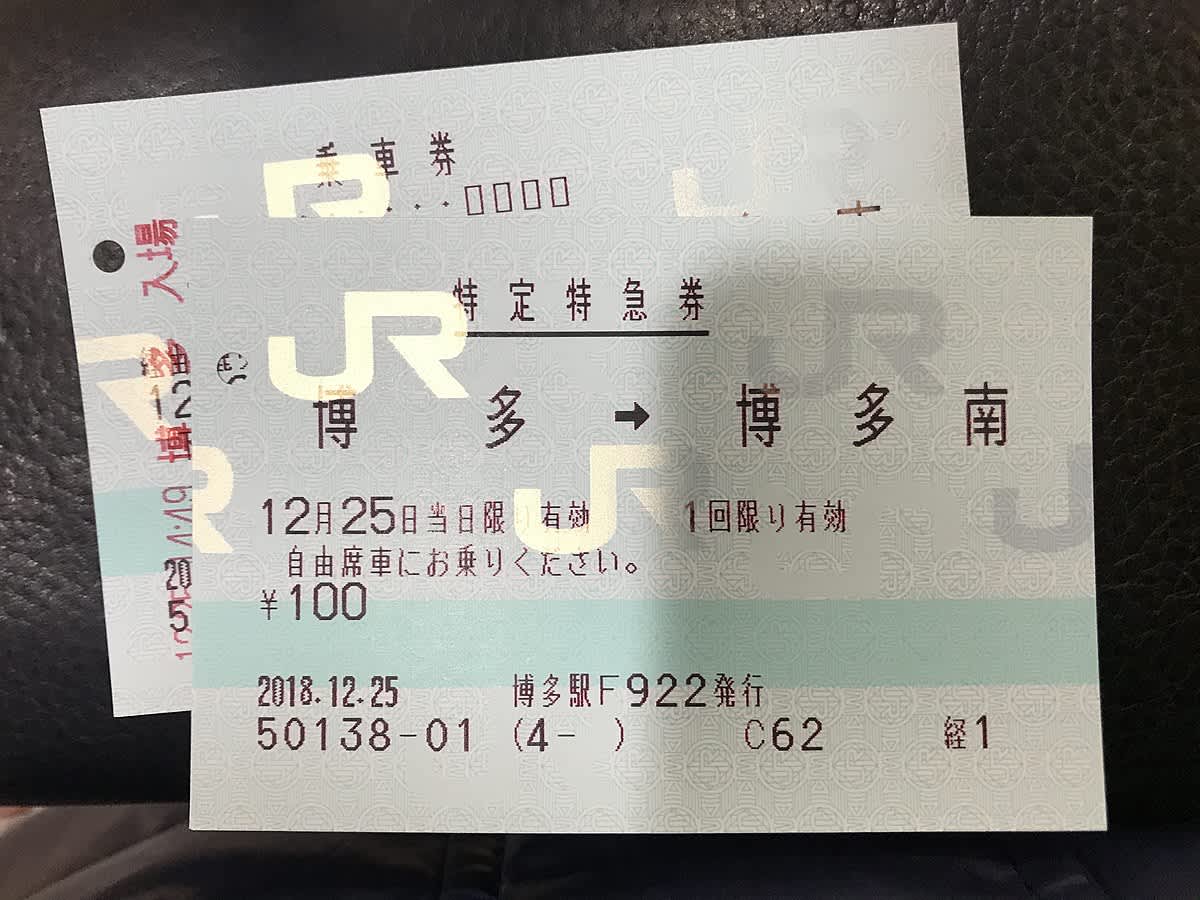
In addition to the reserved vs. non-reserved option, another aspect that can confuse those unfamiliar with train travel in Japan is the difference between base fare tickets (jousha-ken/乗車券) and limited express tickets (tokkyuu-ken/特急券). The base fare ticket covers the distance it takes from point A to point B (ie: what it would cost if you were to embark on a potentially lengthy journey using only local trains), whereas an express ticket allows you to ride a given express train servicing that distance. Typically, the base fare ticket vs ltd. express fare ticket tends to constitute roughly a 50-50 split. Travellers beware: if it feels like you got a deal that was too good to be true, then it’s possible you may have only purchased one of these two tickets!
Rail Passes – what do they cover? Do I need one?
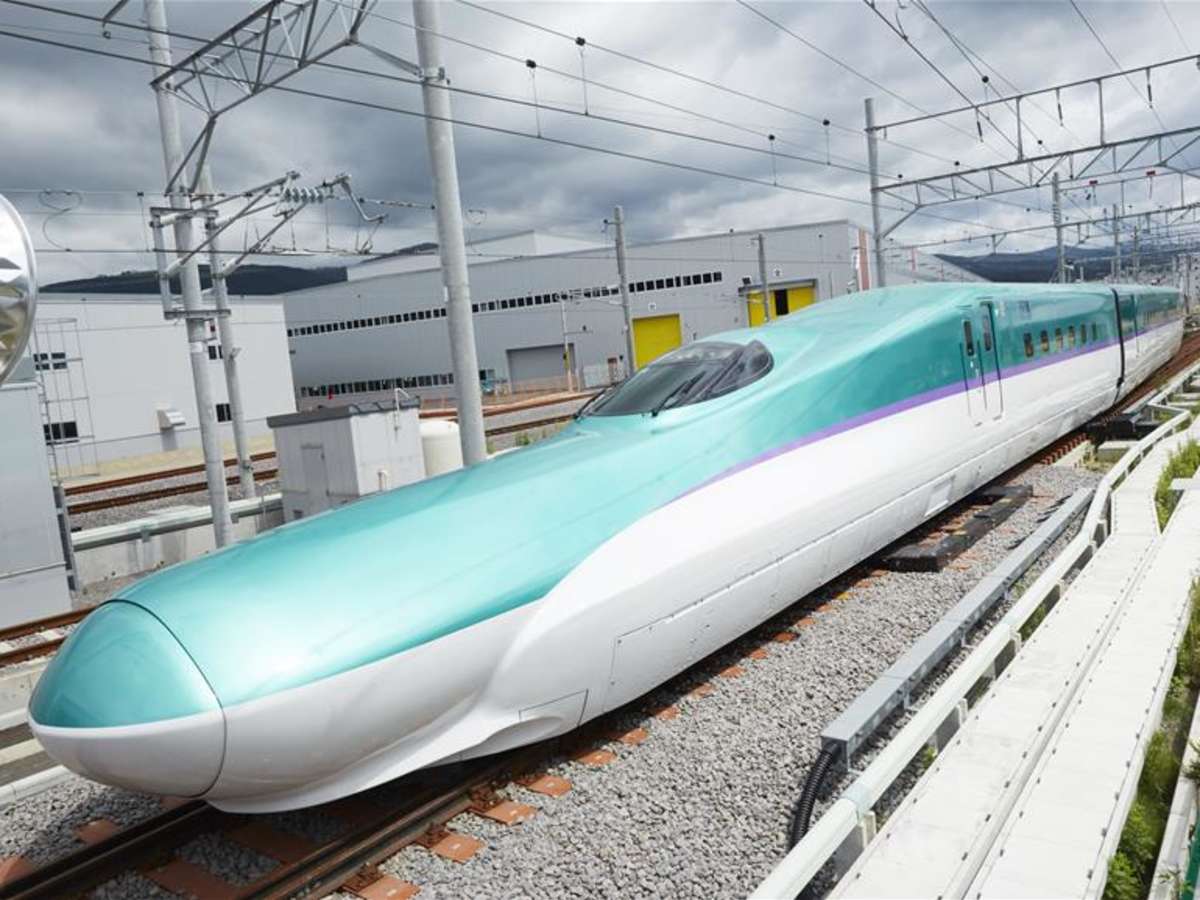
Though certainly not mandatory, a Japan Rail Pass can be a great way to reduce costs and hassle! JR Passes are available in 7, 14, 21 day spans, during which period, they will allow unlimited use of basically all of Japan’s national railways (JR) – whether it’s the shinkansen (bullet train), or local lines. Though smaller private railways and local metros are not covered by the JR pass, many metropoles will also have their own local JR lines – meaning that for most itineraries, there is a good chance that the nationwide JR Pass will cover the vast majority your trip. The only JR services not included on the nationwide JR Pass are certain luxury “cruise” trains, as well as the Nozomi and Mizuho speed tiers of the Shinkansen.
What are Nozomi and Mizuho?!
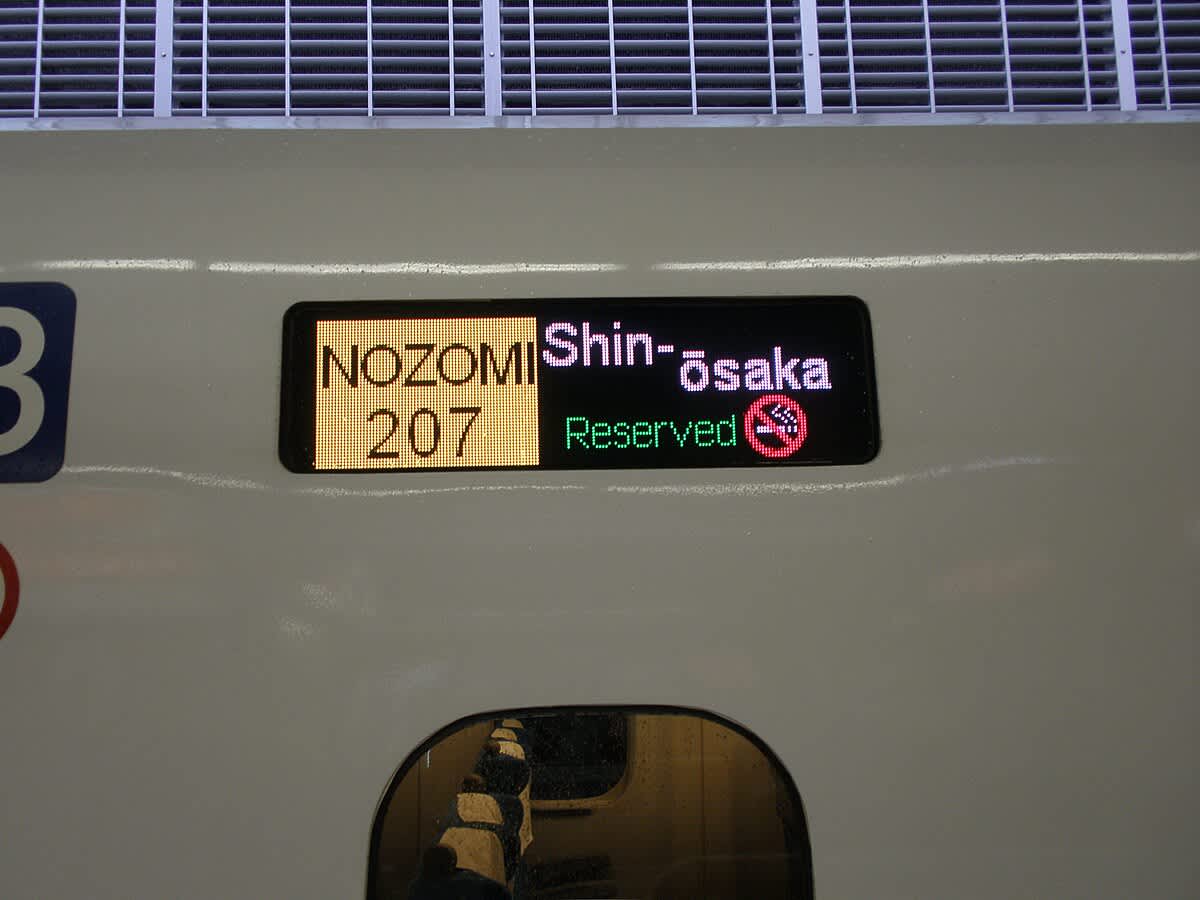
Nozomi and Mizuho refers to highest express tiers of shinkansen, which skip over the smaller stations, servicing strictly the hub cities. Fret not – even if your JR pass does not allow you to ride these service tiers, you will still get basically the same Shinkansen experience, as other service tiers have the same cars, and run along the same sets of track, and reach the same high speeds – just with more frequent stops. With this said, while the time difference between tiers is relatively marginal, if you are determined to ride the Nozomi and Mizuho, this can be done with the purchase of an additional ticket. More information on that is available on JR’s Webpage.
Regional Rail Passes and Discount Tickets
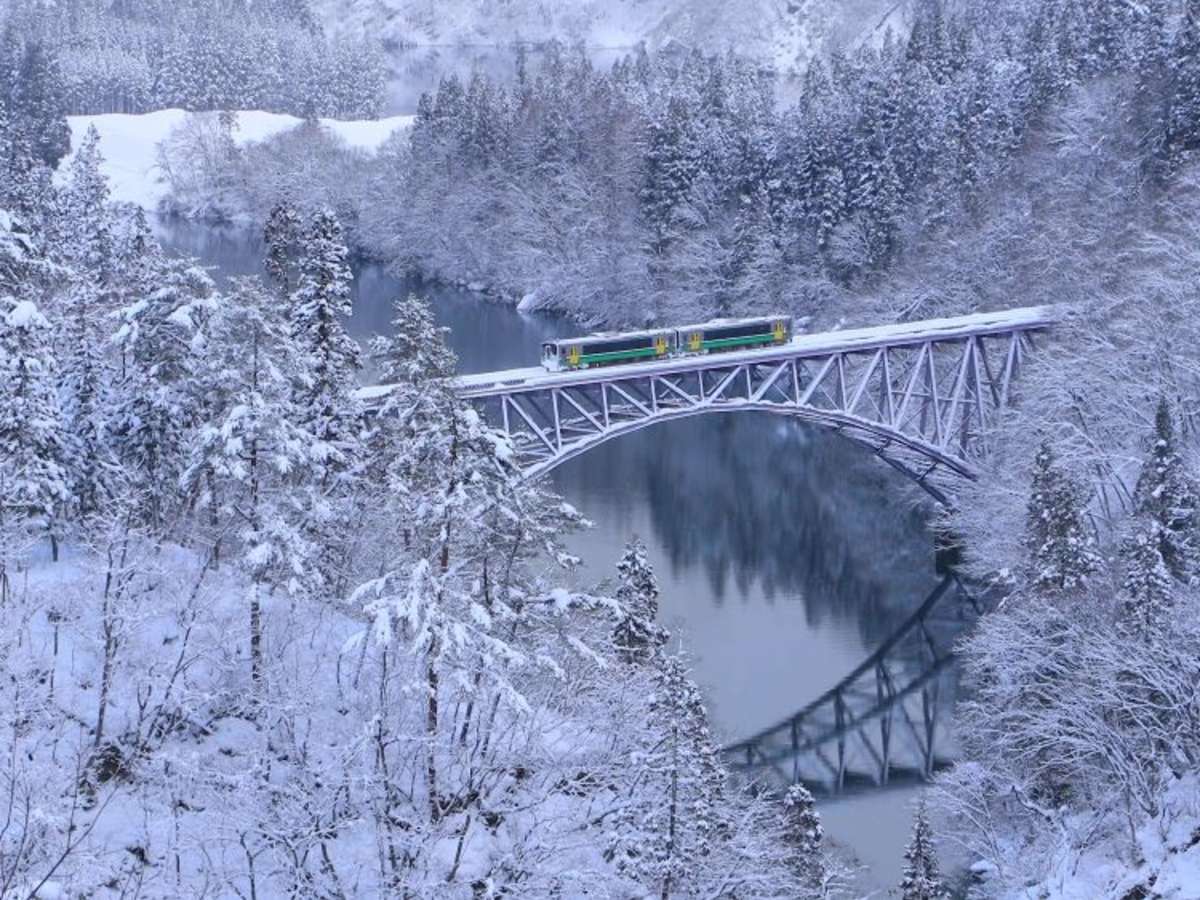
In addition to the nationwide Japan Rail Pass mentioned above, there are also a wide variety of regional passes for JR’s various corridors, as well as other private railways, and all sorts of local metros – some of these are exclusive deals that are only available for international tourists! Check out our regional pass index to find the perfect fit for your trip.
IC Cards (aka: Suica, aka: Pasmo, aka: several other things)
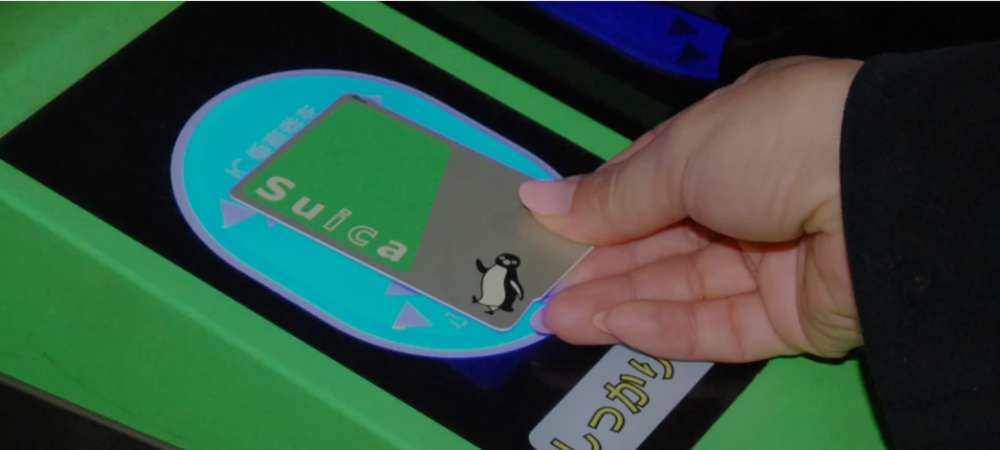
IC Cards are universal, charge-and-tap transit passes that can be used on the vast majority of public transit across Japan, AND as a means of payment at many retail spaces! They have many different names and overseeing companies based on what region they are purchased in, but all IC Cards are essentially the same in terms of functionality. They can be purchased at most train stations, and topped up at automated ticket kiosks and convenience stores throughout the country. These are generally recommended for those seeking a seamless travel experience, without having to worry about rifling for change and purchasing a ticket each time. Further details are available on our IC Card page.
Worst-case scenario, if you do forgo the IC card, it will simply mean purchasing a ticket each time you use public transit. The good news is that all of the ticket machines will typically have English menus available, and staff are generally happy to help those who require assistance.
Don’t Forget to Retrieve Your Ticket/Always Tap On AND Off
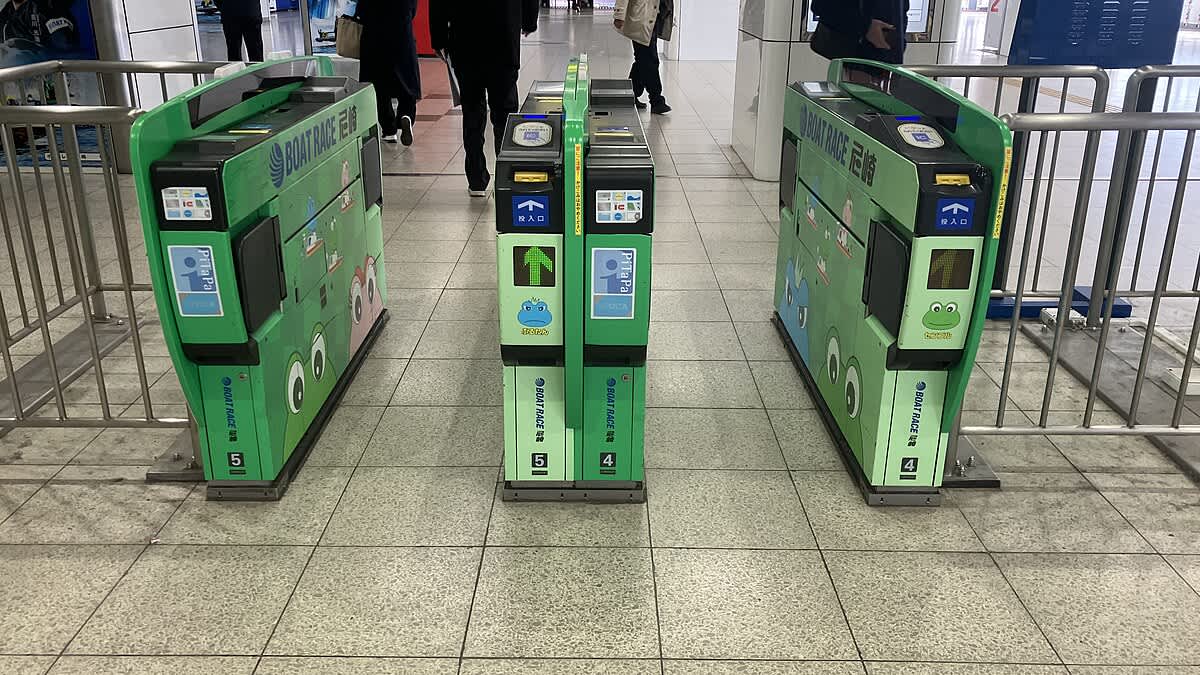
The vast majority of transit fares in Japan are distance-based – meaning you will have to tap, and/or insert your ticket at turnstiles upon entry AND exit. When using tickets, you can insert multiple tickets at the same time, and the machine will return only those that are necessary for the remainder of your journey.
When riding buses and smaller trains such as trams, typically you will enter via the back door and either tap on, or take a numbered stub as you board if you are paying in cash. There will be a display board at the front of the vehicle where you will see the corresponding cost for your number. Typically, these vehicles will have change machines available at the front that break 1000 yen bills into smaller currency.

















































